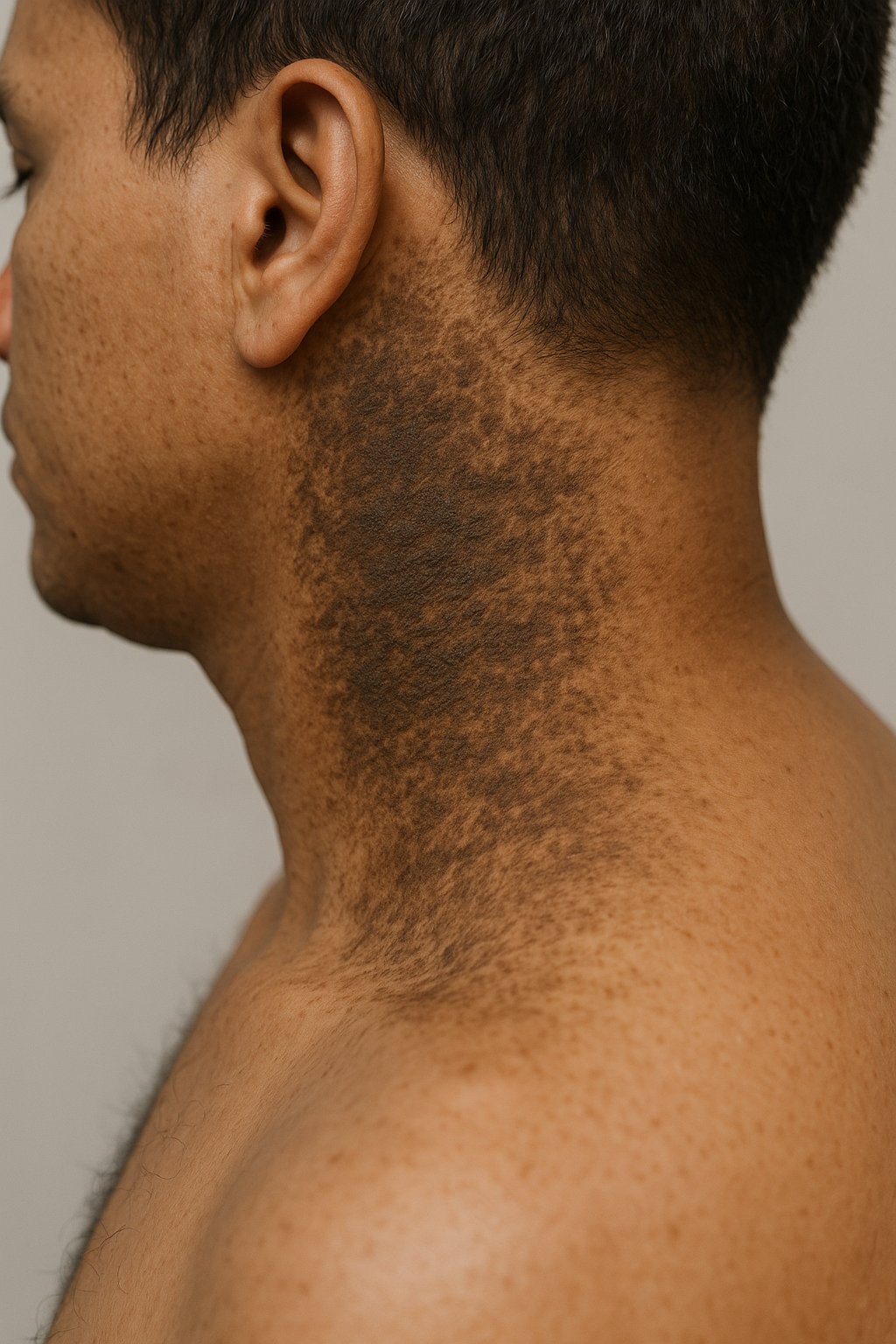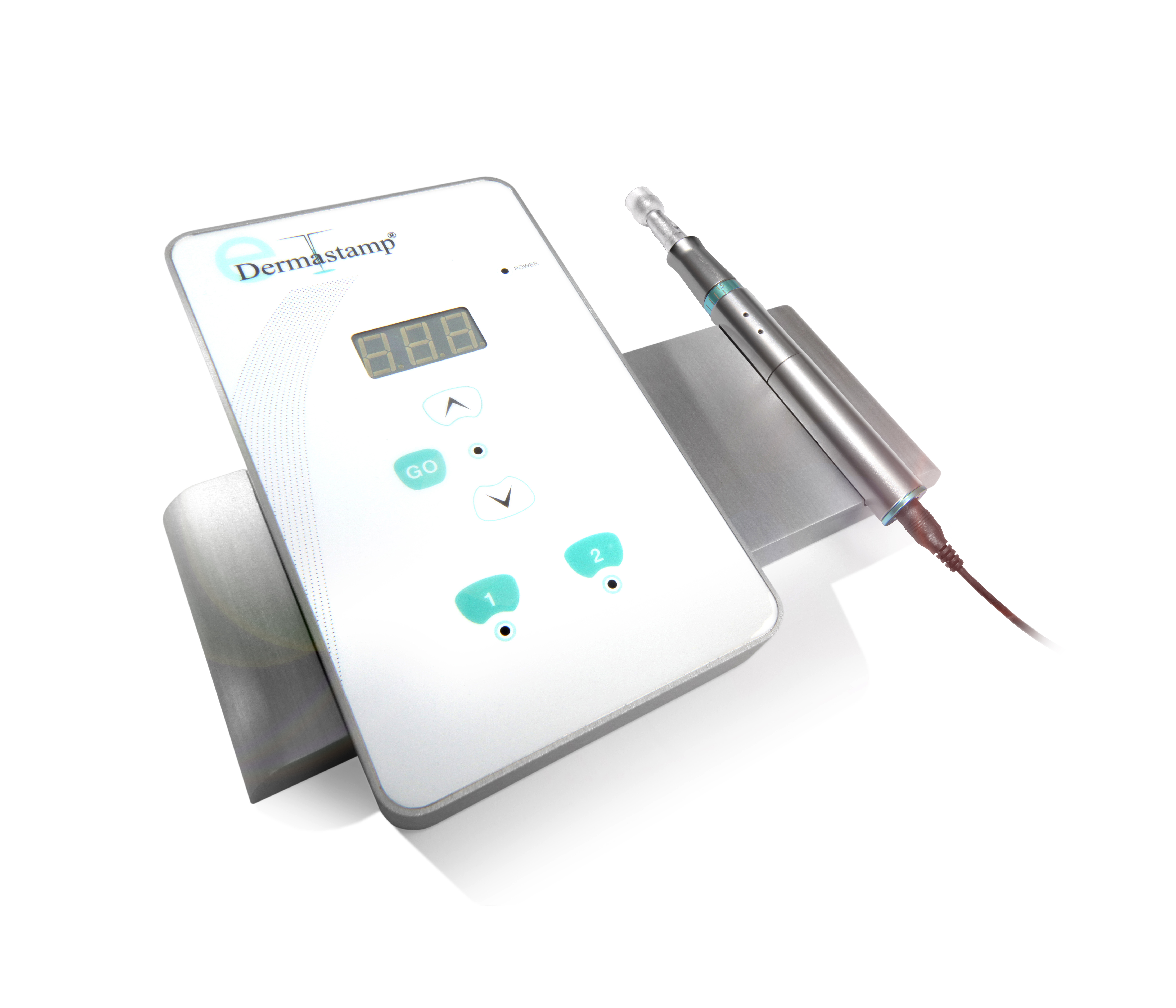In dermatology, hair loss is termed alopecia. This condition may be an isolated problem or associated with a certain scalp disease or scarring. Alopecia can be either localized or diffused. It can affect the scalp or other body parts. Hair loss may be due to poor quality hair, hair shedding, or hair thinning. Some affected areas may be completely bald. Depending on the condition, hair loss may be either a temporary or permanent issue. Any kind of hair loss reduces an individual’s quality of life and causes psychosocial problems.
Hair loss affects any individual at any age with any hair type or hair colour. Hair loss can result from multiple causes.
Hair growth follows a cycle. There are three main phases of the hair cycle. Anagen is the first phase during which hair is actively growing. The second phase is catagen. This is an “in-between” phase that lasts 2-3 weeks during which the active growth stops and follicles shrink. Telogen is the resting phase. These three phases are not synchronized, and different hairs may at different phases of the hair growth cycle.
As hair grows in cycles, the affected cycle often gives a name to a certain hair loss condition.
Anagen hair loss is caused due to decreased hair growth. Telogen hair loss is caused due to increased hair in the rest phase with subsequent shedding. Other causes are congenital or acquired abnormalities of the hair shaft, the presence of inflammatory skin disease which can negatively affect the hair bulb as well as changes from thick terminal hair to thin vellus hair.
The features of hair loss vary with the cause. Itch and soreness are absent except when hair loss is caused due to inflammatory skin disease. Burning and picky discomfort are common symptoms of hair shedding.
Anagen hair loss occurs when hair starts to be tapered and/or broken off. The duration of the condition varies with each individual. Children can be affected as well by anagen hair loss when they have normal hair but it cannot grow longer. In adults, anagen shedding occurs in sudden onset. Empty follicles and short broken hairs are common features. The common causes are the presence of autoimmune disease, side effects from medications (chemotherapy and cytotoxic drugs), and inheritance of this condition from parents. If anagen hair loss is caused by medications, the hair growth may return to normal after 3-6 months of withdrawal from medications.
Telogen hair loss refers to excessive hair shedding. The condition becomes visible after 2-6 months after the event that stopped the active growth of hair. Some of these events include psychological stress, illness, surgical operation, fever, weight loss, child-bearing, haemorrhage, and medications (anticonvulsants, anticoagulants, or contraceptives).
Hair shaft abnormalities can be inherited and congenital or caused by disease or injury. In the current context, injuries refer to hair bleaching, chemical usage, hair dryer hear, excessive brushing, and hair pulling. Some of the common features are fractures, irregularities, coiling, and twisting.
Hair loss can also be caused due to systemic diseases, such as syphilis, iron deficiency, or thyroid hormone deficiency. Similarly, hair loss can be caused due to dermatological diseases like generalised skin disease (erythroderma), localised infection (tinea capitis), or severe skin disease (atopic dermatitis, psoriasis, cutaneous T-cell lymphoma). This results in reversible hair thinning, bald patches, and reduced quality of hair.
Hair loss is diagnosed by full skin examination and patient history. Dermatologists also perform additional tests to confirm their diagnosis. For example, a hair pull test may be done to test anagen and telogen hairs. Swabs can be done for checking for the presence of bacterial and viral cultures. Blood tests may be requested for haematology, thyroid function, and serology analysis.
Treatment methods for hair loss vary with each patient and are unique to each case. Infections should be treated. Causative drugs may be advised to be discontinued. Any deficiency like iron and thyroid hormone should be remedied.
The majority of hair loss conditions cannot be actively prevented. However, there are some recommendations to follow that will prevent injuries to the hair shaft: using loose hairstyles to avoid traction injuries, minimizing the usage of chemical treatments, and drying hair naturally or setting the hair dryer onto a cool setting to avoid damage from heat.
Centre for Medical and Surgical Dermatology offers unique and personalized treatment options for hair loss for each patient.



